
Pearls can ensure physicians get best outcomes, help patients set realistic goals

Pearls can ensure physicians get best outcomes, help patients set realistic goals

ICMYI: Dr. Tyson shares his pearls using the dexamethasone 0.4 mg insert (Dextenza, Ocular Therapeutix).

Study compares preoperative risk factors, co-pathology in patients

Intracameral injection of cefuroxime, moxifloxacin decrease risk of endophthalmitis

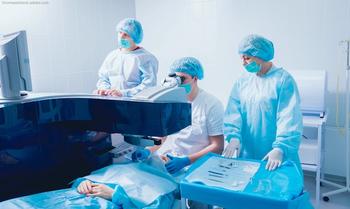

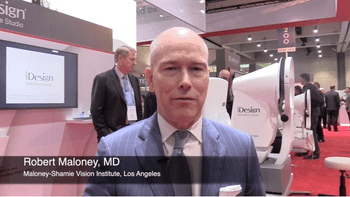
Robert Maloney, MD, shares how a novel system can assist refractive surgeons
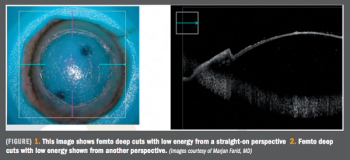
Innovations in procedure may overcome current technical difficulty

Applying a cautious approach can increase the chance for successful outcomes
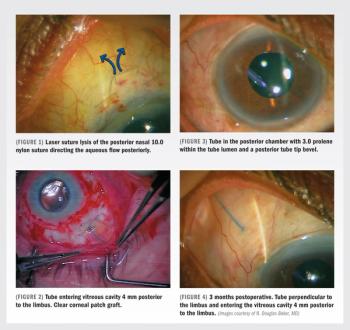
Postoperative complications can have multiple causes and preventative measures
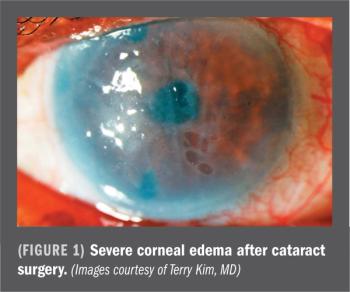
Novel agent with mucus-penetrating nanoparticle marries potency, safety, convenience
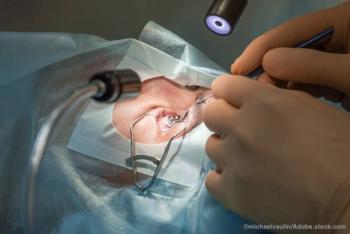
Demographic shifts, improving technology continue to bring patients in at younger age
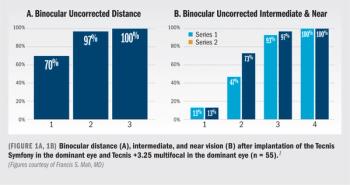
EDOF, multifocal IOLs providing options for patients with range of visual needs

Retina specialist Ron M. Kurtz, MD, details the way collaborative innovation can improve the lives of ophthalmic surgeons, and their patients.
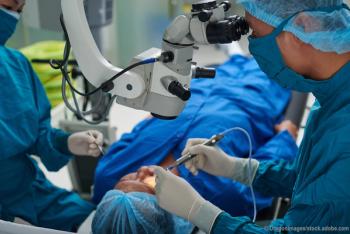
Approach enables patients to maintain best possible vision with one-time only procedure
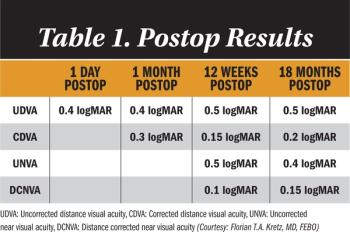
Microinstrumentation provides surgeons increased control
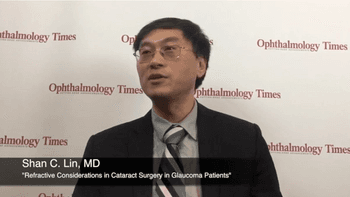
Shan C. Lin, MD, provides the key takeaways from his presentation at the annual Glaucoma 360 meeting.
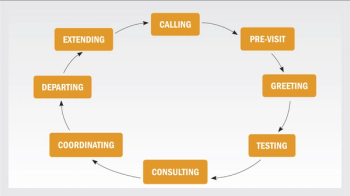
Several points to consider before you make the leap
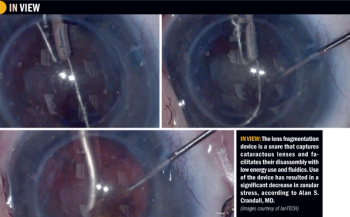
Lens fragmentation device eases difficult cases from phaco to small-incision extracapsular techniques
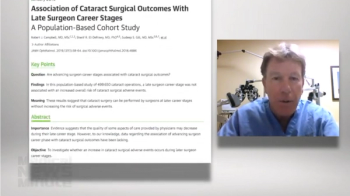
A JAMA Ophthalmology study investigates late surgeon career stage cataract outcomes
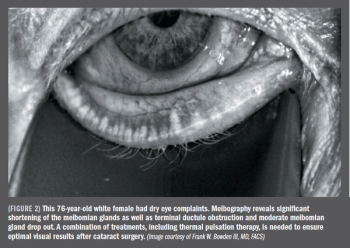
Start ocular surface treatment 6 weeks prior to cataract surgery for best outcomes
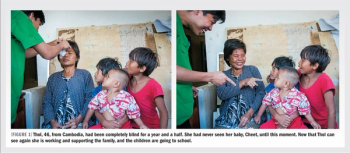
Charity seeks to raise $US20 million to address avoidable blindness in women, girls

Christopher F. Wood, MD, discusses the importance of learning new technologies to treat floaters
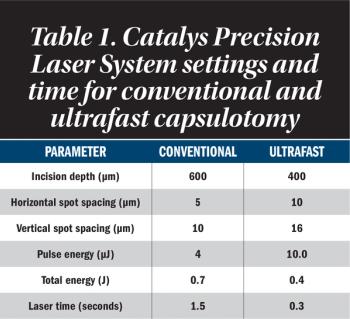
International panel shares overview of current and future applications, benefits, challenges